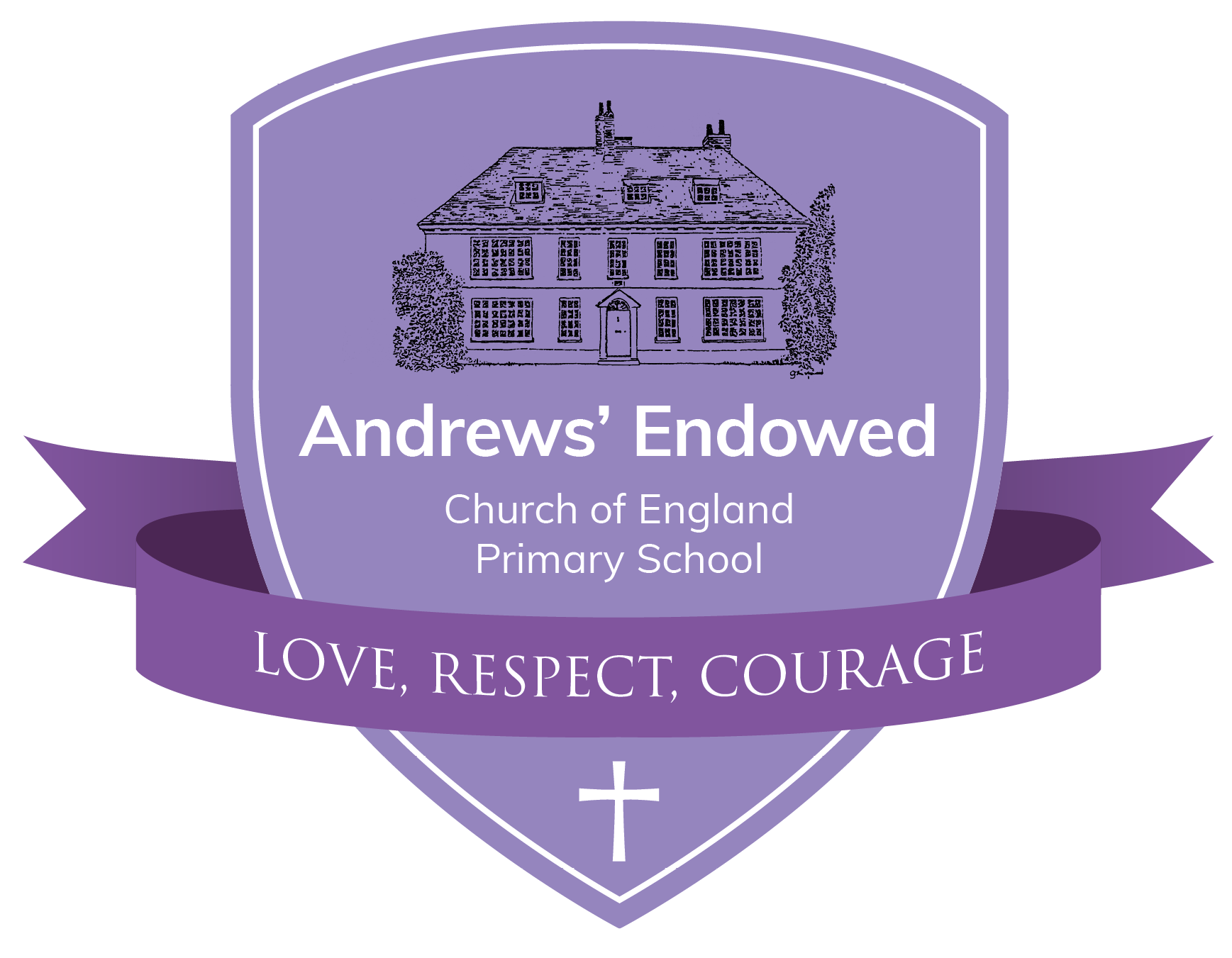Reading at Andrews’ Endowed
Reading is a hugely complex but very enjoyable skill for children to learn and at Andrews’ Endowed, we believe that reading is vitally important for all children. Not only is reading fantastic for sparking imagination, developing vocabulary, learning to see the world from another’s point of view and finding out more about the world in which we live, but children need good reading skills to access the wider curriculum and as a spring-board for writing. Research has shown that there is a strong link between the amount children read and their success throughout their school years and later life. At Andrews’, we want every child to leave school a reader and to have the opportunity to experience a broad, varied and challenging reading diet. We aim for every child to be a reader for pleasure.
Whole School Reading Curriculum Map
Writing at Andrews’ Endowed
Writing is a vitally important skill of communication, whether that be for some business purpose, for social reasons or to express creative ideas. At Andrews’ Endowed, we aim for all children to become confident, clear and fluent writers and offer them opportunities to write for all of these purposes.
